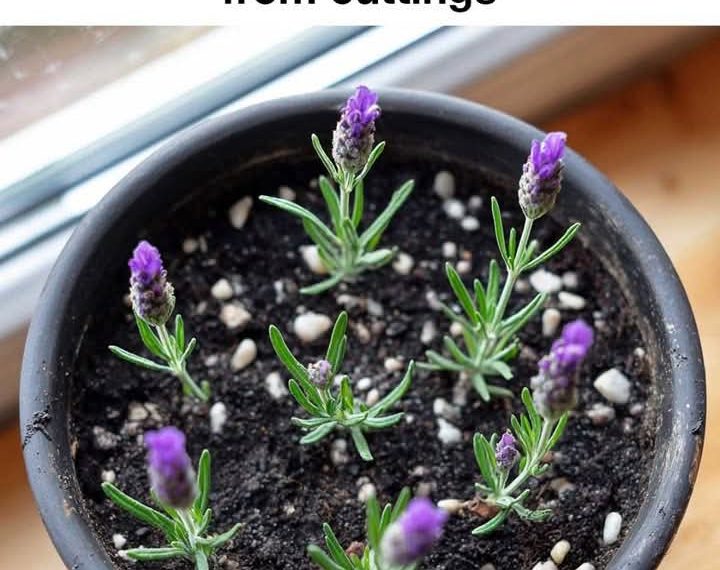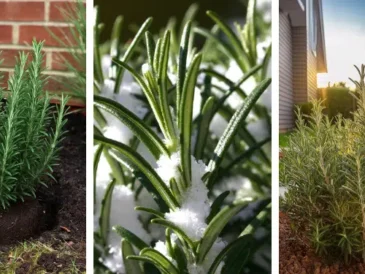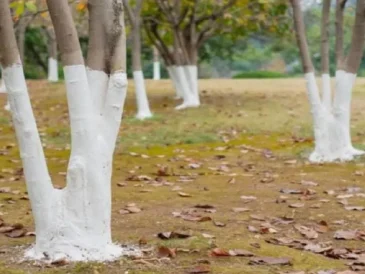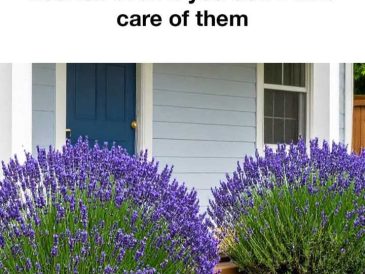Lavender is a beloved plant known for its fragrant aroma and beautiful purple blooms. It’s a staple in gardens around the world, admired not only for its aesthetic appeal but also for its versatility in culinary and medicinal uses. However, many gardeners are unaware of how simple it is to propagate lavender from cuttings, allowing them to expand their lavender collection without purchasing new plants.
Growing lavender from cuttings is not only cost-effective but also ensures that you maintain the genetic integrity of your favorite lavender varieties. This method is straightforward and can be accomplished with minimal tools and effort. In this article, we will guide you through the process, providing detailed instructions and tips to ensure your success.
1. Understanding Lavender: A Brief Overview
Lavender (Lavandula) is a genus of 47 known species of flowering plants in the mint family, Lamiaceae. It is native to the Old World and is found in Cape Verde, the Canary Islands, and across Europe to northern and eastern Africa, the Mediterranean, southwest Asia, and southeast India. Lavender is a perennial plant, meaning it can live for more than two years. It thrives in well-drained soils and requires full sun to flourish.
Lavender plants can grow to a height of 1 to 3 feet (30 to 90 cm) and spread about the same width. They have narrow, gray-green leaves and produce small, tubular flowers that are typically purple, although some varieties can be pink or white. The plant is drought-tolerant once established and is often used in xeriscaping, a landscaping method that reduces or eliminates the need for supplemental water from irrigation.
2. Why Grow Lavender from Cuttings?
Growing lavender from cuttings is advantageous for several reasons. Firstly, it is a cost-effective way to propagate your favorite lavender varieties without having to purchase new plants. This method also allows you to maintain the genetic characteristics of the parent plant, ensuring that the new plants will have the same fragrance, color, and growth habits.
Additionally, propagating from cuttings is faster than growing lavender from seeds, which can take several years to mature. Cuttings can root and establish themselves within a few months, allowing you to enjoy mature plants more quickly. This method is also ideal for gardeners who want to ensure uniformity in their lavender plants, as seeds can result in variations.
3. Choosing the Right Time for Taking Cuttings
The best time to take lavender cuttings is during the growing season, typically from late spring to early summer. During this time, the plant is actively growing, and the cuttings are more likely to root successfully. Aim to take cuttings in the morning when the plant is well-hydrated, as this will increase the chances of successful rooting.
Avoid taking cuttings during the hottest part of the day or during periods of drought, as the plant may be stressed and less likely to root. If you live in a region with mild winters, you can also take cuttings in early fall, but be aware that they may take longer to root.
4. Selecting the Perfect Lavender Plant
TO CONTINUE READING THE ARTICLE PLEASE SEE PAGE 2





